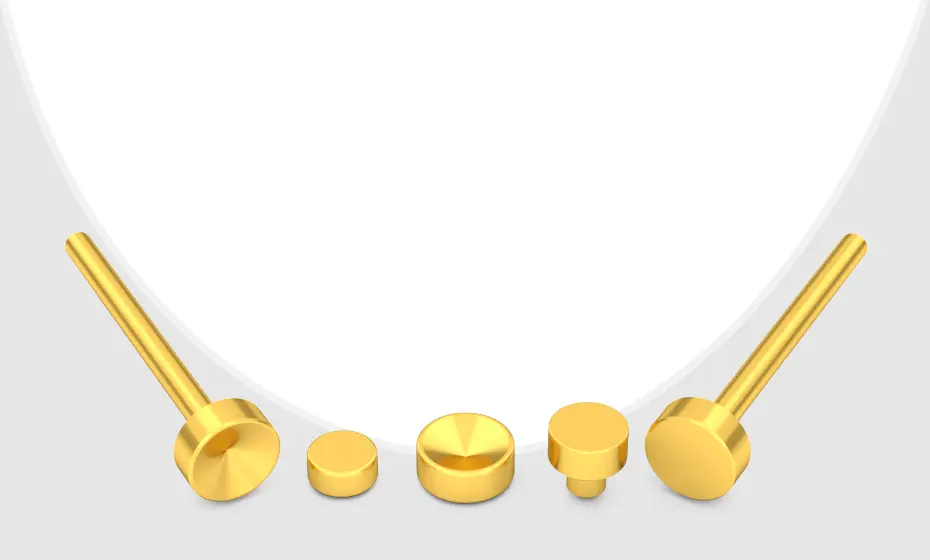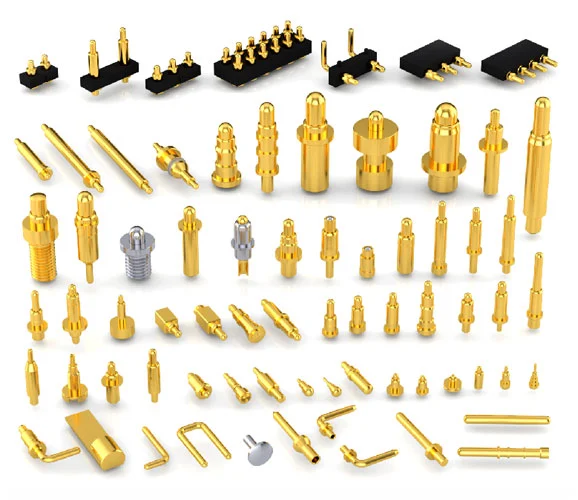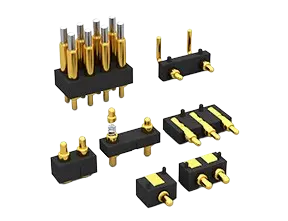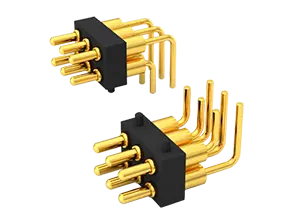Female connectors, also known as Machined Pin Headers, Printed Circuit Board (PCB) Connectors, socket connectors, or female connectors, are a type of electronic component connector. They come in two varieties: SMD & Dip Contact Pad (Single Pin) and Multi-Contact Female Connector. These are used in conjunction with corresponding male connectors or pin headers to facilitate connections between circuits. Female connectors feature grooves or holes to accept the protruding pins of male connectors.
Female connectors are widely used in various electronic devices and circuit boards, such as computer motherboards, mobile devices, home appliances, and industrial control systems. They can be used for power or signal transmission and are designed in multiple shapes, sizes, and pin configurations to meet different technical requirements and application scenarios.
Rtench Female connectors can be attached to circuit boards through soldering or crimping and can be designed to support hot-swapping, meaning they can be plugged and unplugged while the power is on without damaging the circuits or components.


A male connector, sometimes called a plug, features a solid pin serving as the center conductor. A female connection, also called a jack, has a center conductor that has a hole drilled into it to rece...
A male connector, sometimes called a plug, features a solid pin serving as the center conductor. A female connection, also called a jack, has a center conductor that has a hole drilled into it to receive the male pin.
Reverse polarity coax connectors are unique coax connectors in which the male connector has a female center contact and insulator on one side, and a male center contact and insulator on the other.

Reverse polarity connectors are primarily used to prevent erroneous connections, such as when a male connector is attempted to be connected to another male connector or a female connector to another female connector. These mismatches may result in signal degradation at the interface and damage to the connector.
In order to establish an electrical or mechanical connection between devices, female pin connectors are made to accept the plugs, pins, or blades of male connectors. In many different applications, including computer ports, audio/video interfaces, power connectors, and networking cables, female connectors are frequently utilized.
Contact
Rtench's Pogo Pin Connectors News

